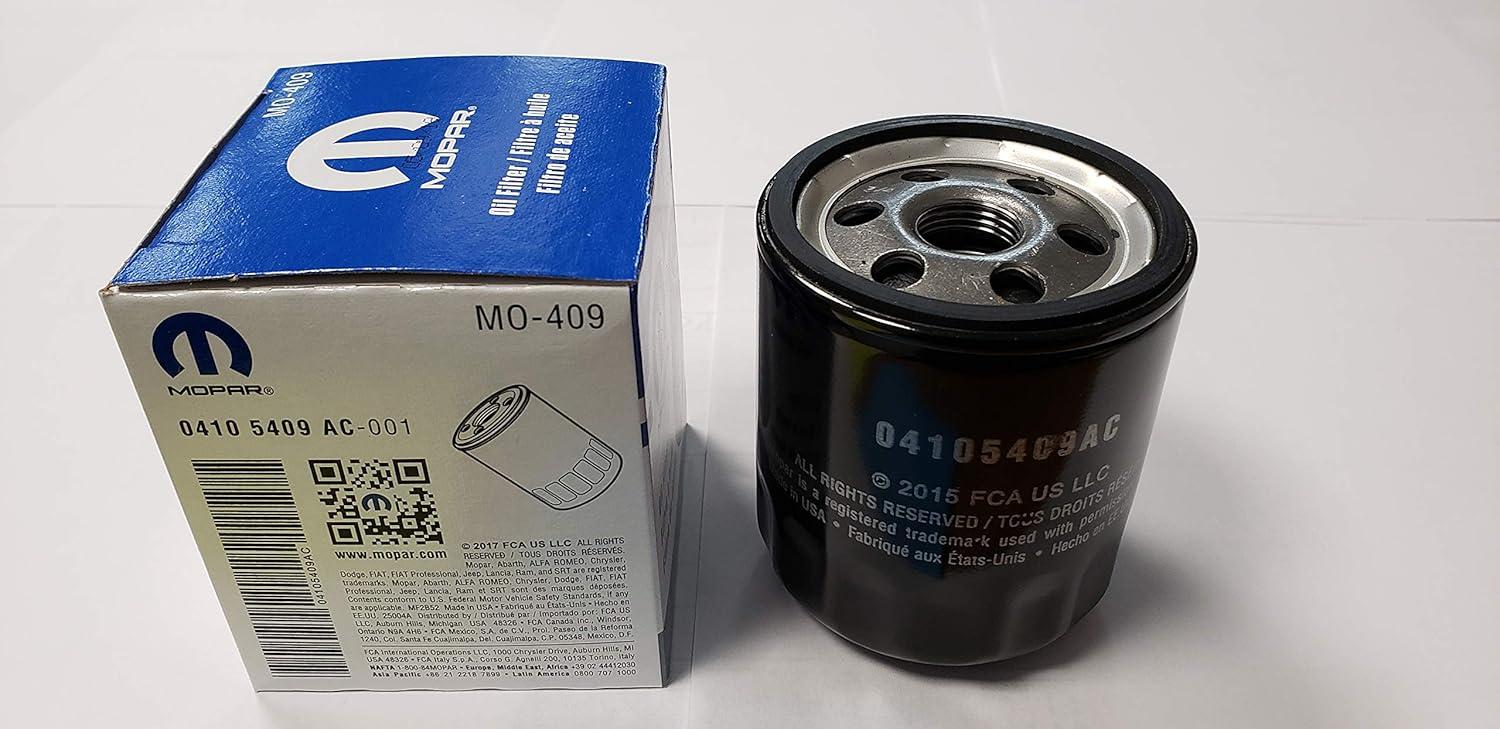The Role of a Crankcase Filter in Your Ram 2500’s Performance

In the U.S., heavy-duty trucks like the Ram 2500 crankcase filter must balance performance, longevity, and emissions compliance. A small but critical component in that balance is the crankcase filter (or crankcase ventilation filter). Many motorists don’t realize how much this filter affects engine health, fuel efficiency, and regulatory compliance. This article explains its role, how failures show up, and why U.S. owners should pay attention.
What is a crankcase filter and why is it used in U.S. vehicles?
A crankcase filter is part of the closed crankcase ventilation (CCV) or positive crankcase ventilation (PCV) system. It captures oil mist and particulates from blow-by gases before those gases rejoin the intake or go to the exhaust.
In the U.S., federal emission rules require that crankcase gases not be directly vented as uncontrolled emissions. For heavy-duty diesel engines from model year 2007 onward, crankcase emissions must be accounted for in exhaust testing or be routed through a closed system.
Thus, the crankcase filter is not merely optional — it helps your Ram 2500 meet design and legal expectations for emissions.
How does the crankcase filter affect Ram 2500 performance?
How does it help maintain engine health?
-
Controls crankcase pressure: Filtering lets pressure vent safely. If blocked, pressure builds aggressively, leading to oil leaks or seal failure.
-
Prevents oil mist ingestion: Without filtration, oil mist and contaminants reenter the intake, fouling sensors or turbo internals (especially on diesel models).
-
Reduces oil consumption: Capturing vapor and returning oil to the sump cuts down on “lost” oil.
-
Supports emissions compliance: As tailpipe standards become stricter, crankcase emissions form an increasing share of regulated emissions.
In sum, a healthy crankcase filter helps the Ram 2500 run cleaner, more reliably, and within U.S. emissions expectations.
What are warning signs of a failing crankcase filter in a U.S. Ram 2500?
What symptoms indicate trouble?
-
Oil leaks or weeping seals
Plugged ventilation leads to internal pressure that pushes oil past gaskets or seals. -
Blue smoke or oil in intake or exhaust
Oil vapor gets burned, causing visible smoke or residue. -
Rough idle, misfires, or drop in power
Because the intake mixture is compromised, engine performance can degrade. -
Check Engine Light / fault codes
The ECU may detect abnormal pressures or sensor mismatch, triggering codes like P0***. Many owners report code “crankcase ventilation disconnected” when a clogged filter triggers a fault. -
Frequent regenerations or abnormal oil consumption
Some users report that clogged CCV filters can cause frequent diesel particulate filter (DPF) regenerations or excessive oil consumption. -
Damage from overpressure
In extreme cases, internal components may suffer. One user reported blown main and timing housing seals after a severely clogged crankcase filter.
If you drive in the U.S., especially in states with strict emission inspections or heavy towing work, these signals should not be ignored.
When and how often should you replace it in a U.S. Ram 2500?
There is no “one-size-fits-all” schedule published by Ram that applies to all model years and uses. Many service manuals omit specific crankcase filter intervals, treating it as part of inspection work.
However, best practices:
-
At major service intervals (for example, 30,000–50,000 miles), inspect or replace the filter.
-
If towing, driving in dusty or heavy use conditions, or frequent DPF regenerations, replace it more often.
-
Some owners have needed replacement as early as every 4,000 miles in extreme cases of clogging.
Also note the cost: the part itself usually ranges from USD 60–75 in U.S. markets.
How to replace or service the crankcase filter on a U.S. Ram 2500
Basic steps (general guidance — consult your model’s service manual)
-
Locate the filter housing / ventilation port
It’s often on or near the valve cover and integrated with PCV/vent hoses. -
Remove clamps, hoses, or fasteners
Work carefully to avoid breaking brittle vacuum lines. -
Capture residual oil
Expect a small amount of oil inside the housing or lines. -
Remove the old filter element
Take note of orientation and how sealing surfaces align. -
Install the replacement filter or element
Use OEM or high-quality aftermarket replacements that meet U.S. engine requirements. -
Reassemble, reconnect, and test
Start the engine, let it idle, and check for leaks, abnormal codes, or pressure issues.
When done properly, the changeover is relatively quick—often under an hour in many U.S. repair shops.
Why U.S. Ram 2500 owners should care (regulation and market context)
Emissions & EPA regulation
In the U.S., tailpipe emission standards have become extremely strict. Meanwhile, crankcase emissions are being more closely scrutinized. Under current regulation, for heavy-duty engines of model year 2007 and later, crankcase gas emissions must be either routed through closed systems or included in exhaust certification.
Recent EPA rule changes are pushing further tougher emissions limits across more conditions.
Thus, a faulty crankcase filter may ultimately undermine compliance or cause elevated readings in emissions testing.
Real-world U.S. experience
Ram 2500 trucks in the U.S. are often used in towing, agriculture, construction, or long-haul duty. In those heavy-use settings, ventilation systems are stressed, and crankcase filter health becomes more critical. Overlooking it can lead to downtime, warranty issues, and costly repairs.
Communities in states with periodic inspections (e.g. California, Pennsylvania) may reject vehicles failing emission checks. A compromised ventilation setup may contribute to detection failure.
Cost-benefit tradeoff
At ~$60–75 for the filter and modest labor costs in the U.S., replacing the crankcase filter is relatively low-cost insurance against major engine damage or regulatory failures. A failed crankcase filter that leads to leaks or internal damage can cause very expensive repairs (timing cover seal, main seal, intake components).
FAQs
1. Does EPA monitor crankcase emissions for trucks like Ram 2500?
Yes. Since model year 2007, heavy-duty diesel engines in the U.S. must either use closed crankcase ventilation systems or include crankcase emissions in their exhaust certification.
2. Can a clogged crankcase filter trigger a Check Engine Light in a U.S. Ram 2500?
Yes. Many Ram owners report codes like “crankcase ventilation disconnected” or abnormal pressure codes when the filter is blocked.
3. What’s the typical part cost for a crankcase filter in the U.S.?
In U.S. parts markets, prices generally run between USD 60 and USD 75 for the filter element.
4. How often should I change the crankcase filter under towing or heavy use in the U.S.?
While general guidance suggests inspecting at 30,000–50,000 miles, heavy duty conditions (towing, dusty roads) may require inspection or replacement even more frequently. Some users replace clogged filters every few thousand miles under extreme use.
5. What damage can occur if I neglect the crankcase filter in a U.S. Ram 2500?
Neglect can cause internal pressure to force oil past seals, damage gaskets, or even blow out parts like timing housing seals or main seals. One documented case had severe engine damage due to a completely plugged filter.



